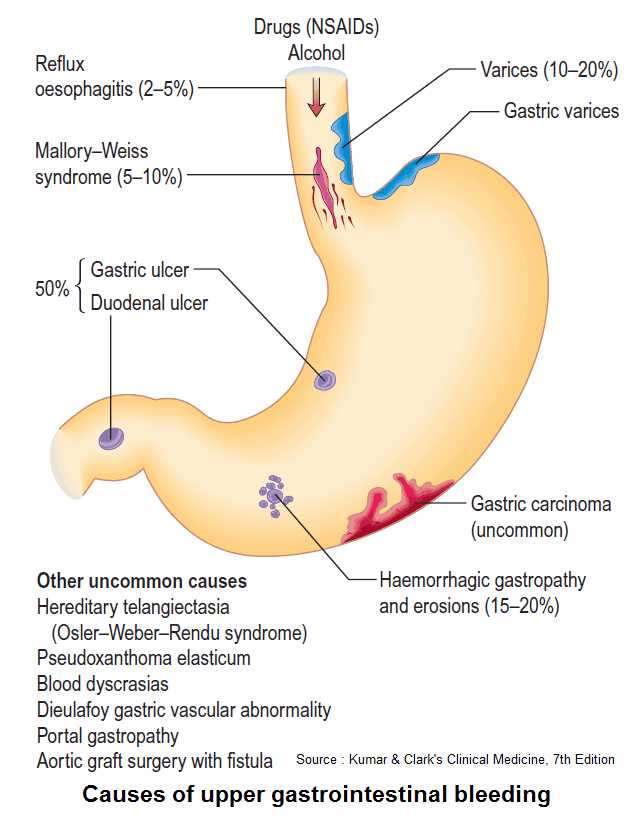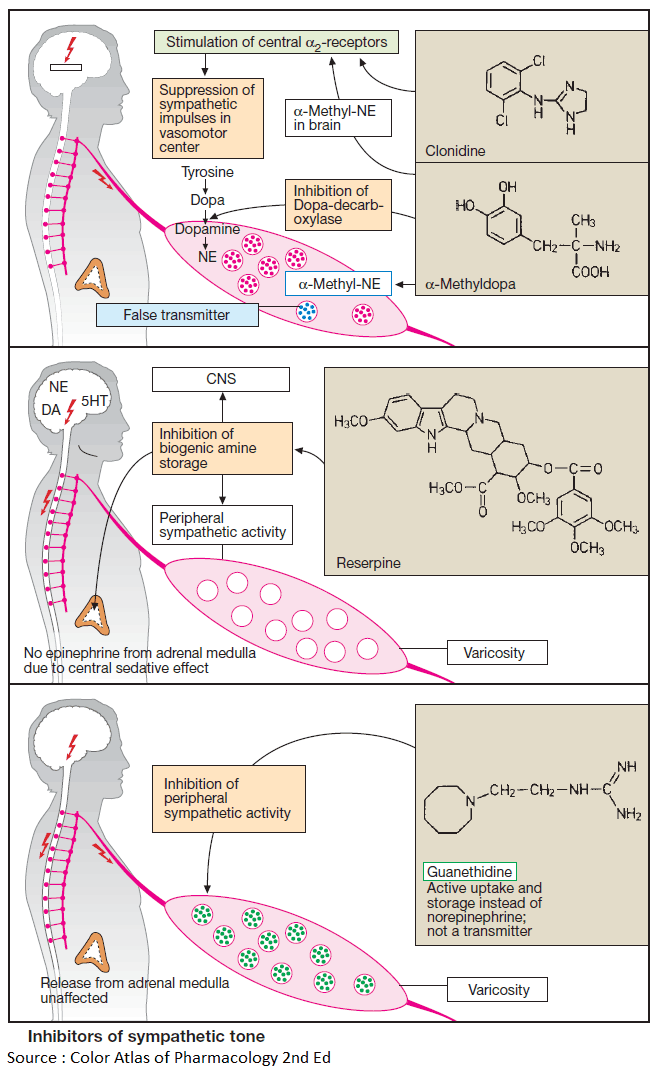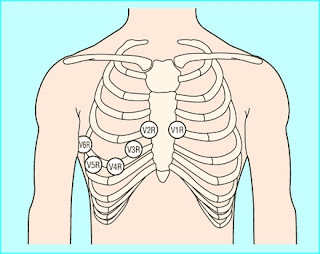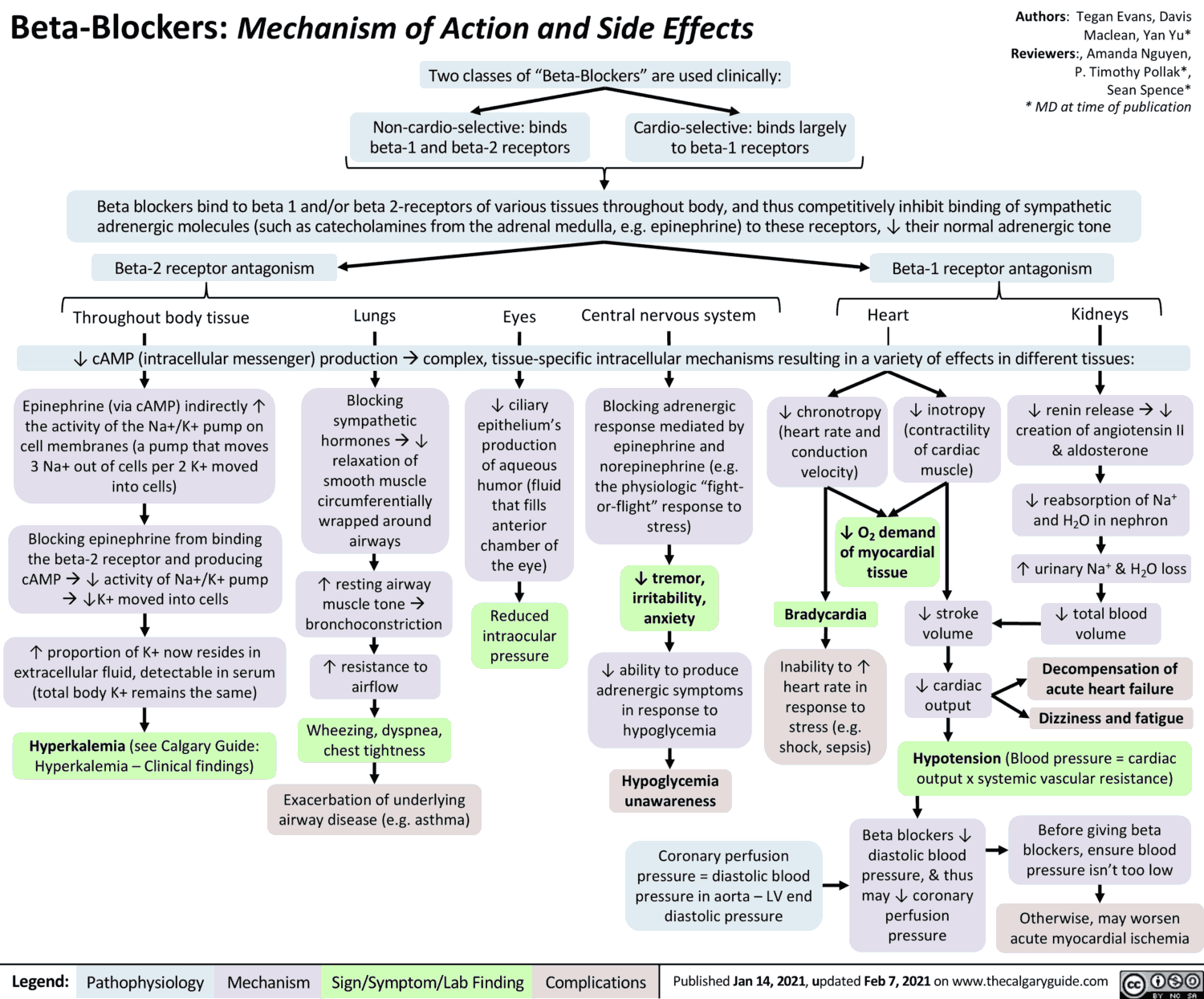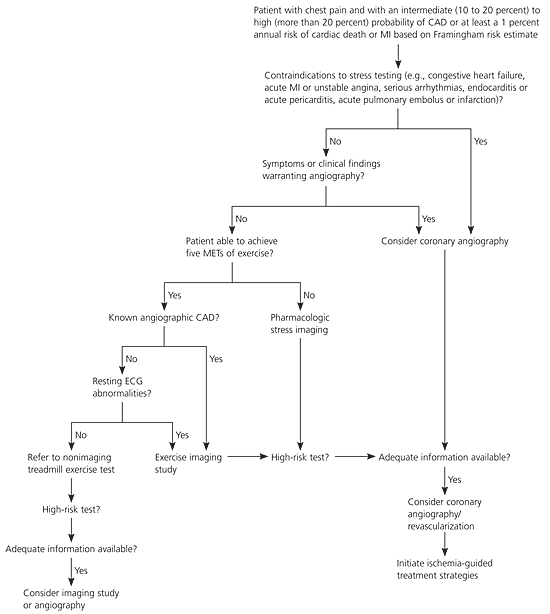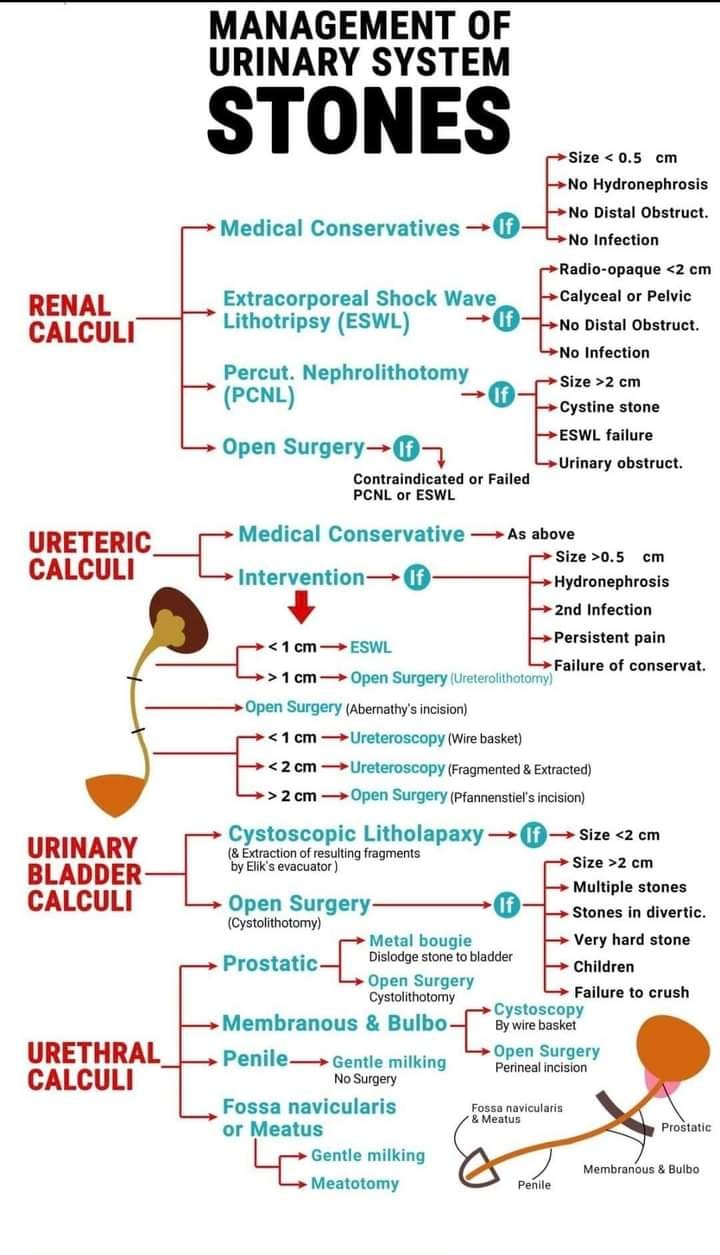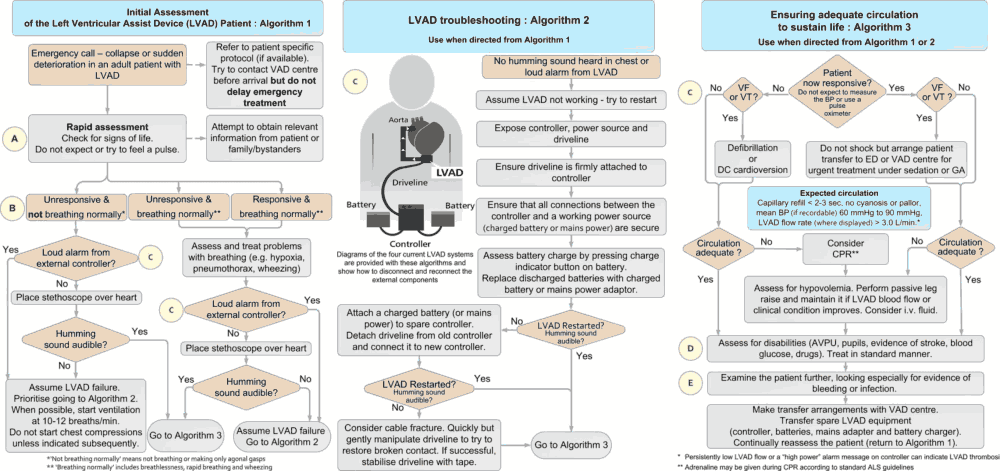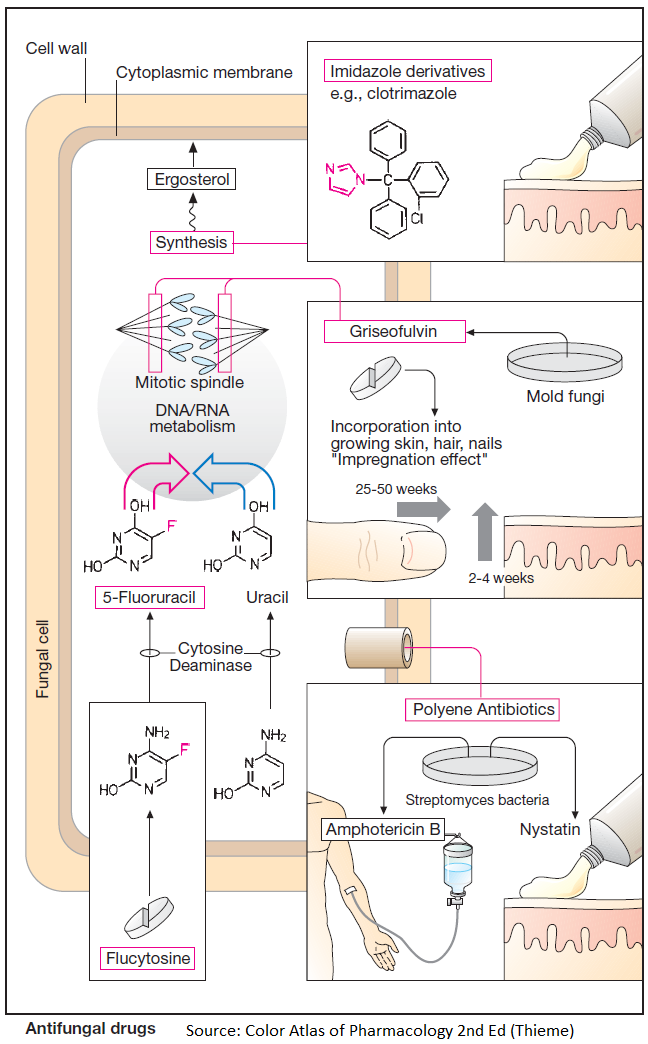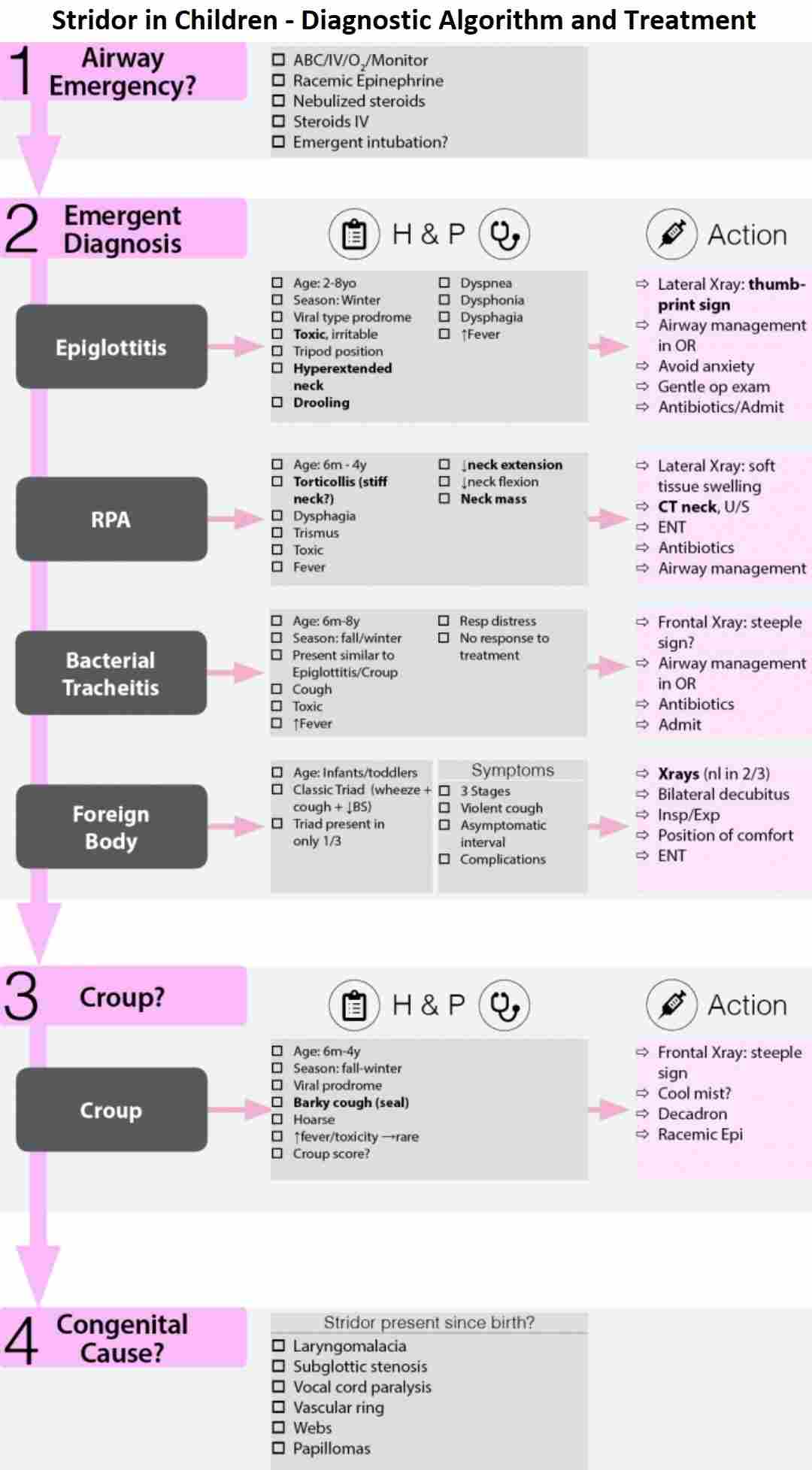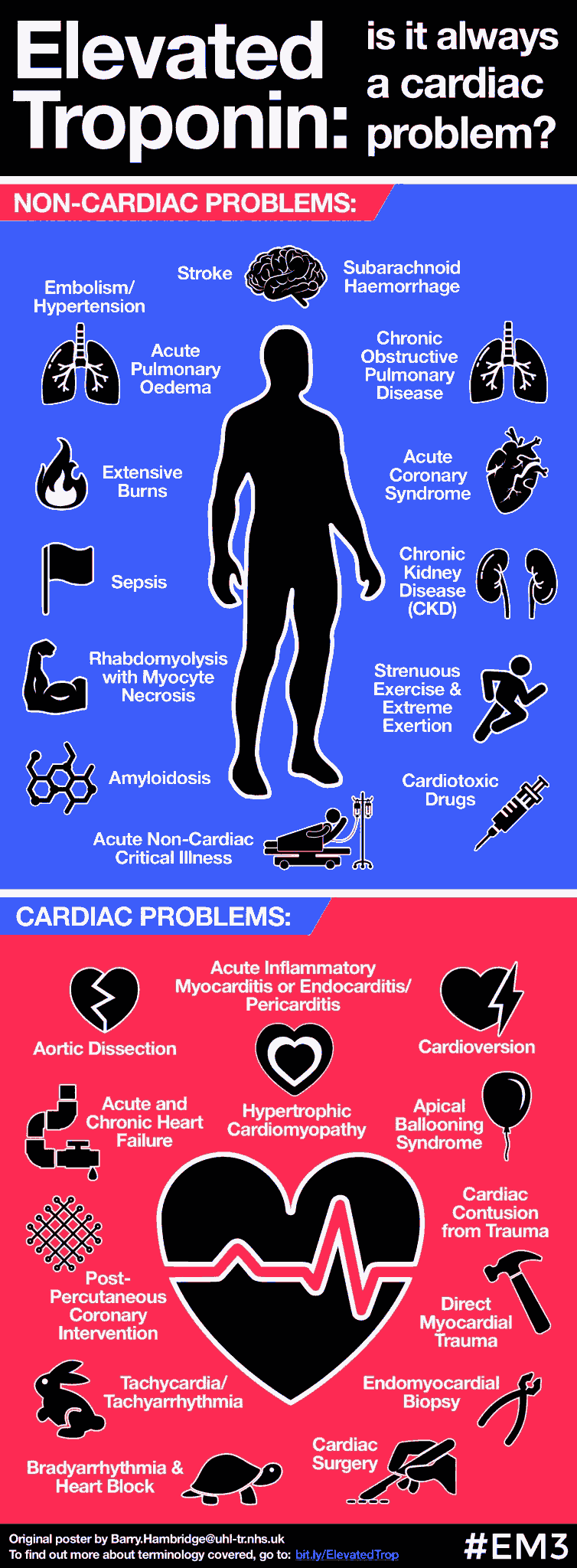Hematemesis, Hematochezia, and Melena – Differential Diagnosis, Examination and Investigations
Hematemesis is the vomiting of fresh (bright red) or altered ("coffee ground") blood. Melena is the production of black, tarry stools and is due to bleeding from the upper gastrointestinal (GI) tract of more than 100 mL of blood.

